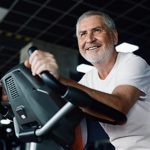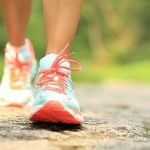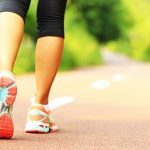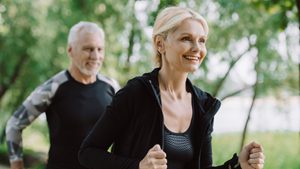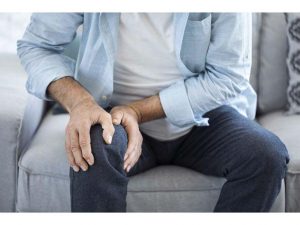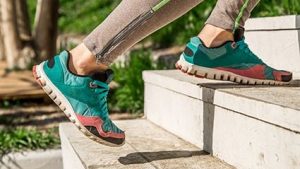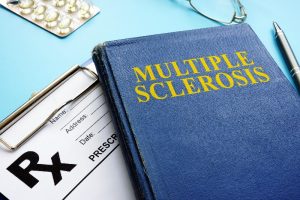
Spring brings with it the joy of baseball, but too much of a good thing can lead to elbow injuries in young pitchers. An expert from UT Southwestern in Dallas offers some tips for youth baseball players, their parents and coaches about avoiding and being aware of injuries, including tears or ruptures of the ulnar collateral ligament (UCL). “Athletes 18 and younger should not pitch more than 100 innings in games during a calendar year,” said Dr. Nathan Boes, an assistant professor of orthopaedic surgery at University of Texas Southwestern Medical Center and director of sports medicine for Parkland Memorial Hospital in Dallas. “And they should take four months a year with no competitive pitching.” UCL injuries are the most common elbow injury among baseball players of all ages, from youth to major leagues. When the injury is severe, it can require reconstructive surgery, sometimes called Tommy John surgery, named after the pitcher who was the first to have the procedure in 1974 while with the Los Angeles Dodgers. The UCL runs along the inside of the elbow, with three bands that connect the upper arm bone to the largest of the forearm bones. What happens is that pitching’s repetitive motion causes microtraumas in the UCL. Symptoms include a popping sensation, swelling or irritation on the inside of the elbow, pain while throwing and numbness… read on > read on >












